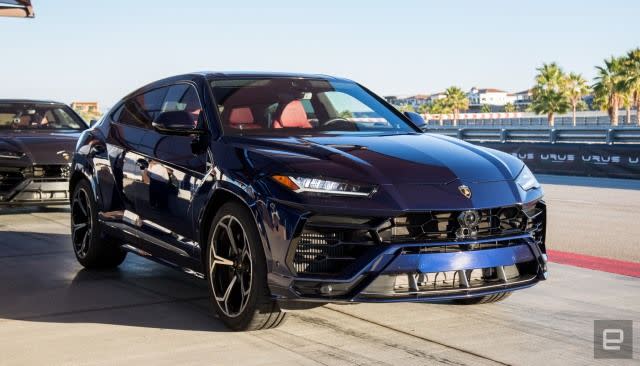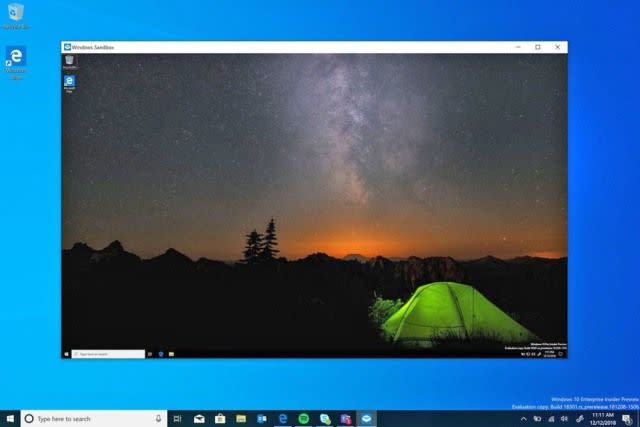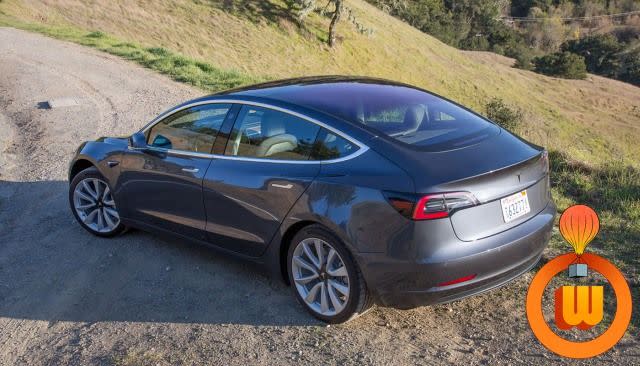The Morning After: Driving Lamborghini's SUV
And counting the country's solar panels.
Hey, good morning! You look fabulous.
What do Lamborghini trucks have in common with light-powered ovens? They're both a bit ridiculous, and we just reviewed them. Also, you should check out a fuzzy Japanese companion robot, and electric bandages could be on the way to heal your wounds.
Lamborghini's Urus SUV still packs supercar power
First off, this isn't the first Lamborghini SUV. The LM002 introduced way back in 1986 gets that honor. Second, the Urus is a result of all your friends buying large vehicles to get around town. It would be dumb for the Italian automaker to ignore the potential to make lots of money. Lamborghini is betting big on the Urus (starting at $200,000 -- no, really), and there's a good chance that wager will pay off.
Alphabet's hot-salt energy-storage project Malta becomes its own company
Malta taps into the laws of thermodynamics to store renewable and fossil energy as heat in molten salt and as cold in low-temperature anti-freeze until it's needed -- you probably still need electricity at night, when the sun isn't shining on your local solar farm.
Windows Sandbox is a safer way to run programs you don't trust
Downloading and running an unknown .exe file can be fraught with terror -- or entailing the need for a clean installation of Windows on a virtual machine. Now, Microsoft is introducing a new solution on Windows 10 that brings it in line with a standard already found on other operating systems: Windows Sandbox. The feature creates "an isolated, temporary desktop environment" (and lightweight, at 100MB) on which to run an app, and once you've finished with it, the entire sandbox is deleted -- everything else on your PC is safe and separate.
Stanford AI found nearly every solar panel in the US
Counting is boring. Let the AIs do it. Stanford researchers crafted a deep-learning system, DeepSolar, that mapped every visible solar panel in the US -- about 1.47 million of them, if you're wondering. The neural network-based approach turns satellite imagery into tiles, classifies every pixel within those tiles and combines those pixels to determine if there are solar panels in a given area, even specifying if they're large solar farms or individual installations.
This method is accurate and (most importantly) fast. It took just weeks to map the country where a conventional approach might take so long the data would be redundant when it was ready. This could help governments decide on renewable-energy strategies, track solar adoption rates or even pinpoint economic differences based on the number of panels in a given neighborhood.

Sign up for a daily newsletter of the most important stories in tech.
2018 brought the electric car to everyone
It's great that people with large bank accounts can get behind the wheel of a vehicle that runs on electrons instead of dead dinosaurs. What's better is that 2018 showed that the rest of us can do the same thing.
But wait, there's more...
Brava's light-powered smart oven is too expensive to make sense
Japan's latest companion robot is the fuzzy, expressive Lovot
Microsoft Office app for Windows 10 provides a hub for all your work
Razer's Turret is the first keyboard and mouse combo for Xbox One
Consoles hit November milestone with over 1 million in sales each
The Morning After is a new daily newsletter from Engadget designed to help you fight off FOMO. Who knows what you'll miss if you don't Subscribe.
Craving even more? Like us on Facebook or Follow us on Twitter.
Have a suggestion on how we can improve The Morning After? Send us a note.



















